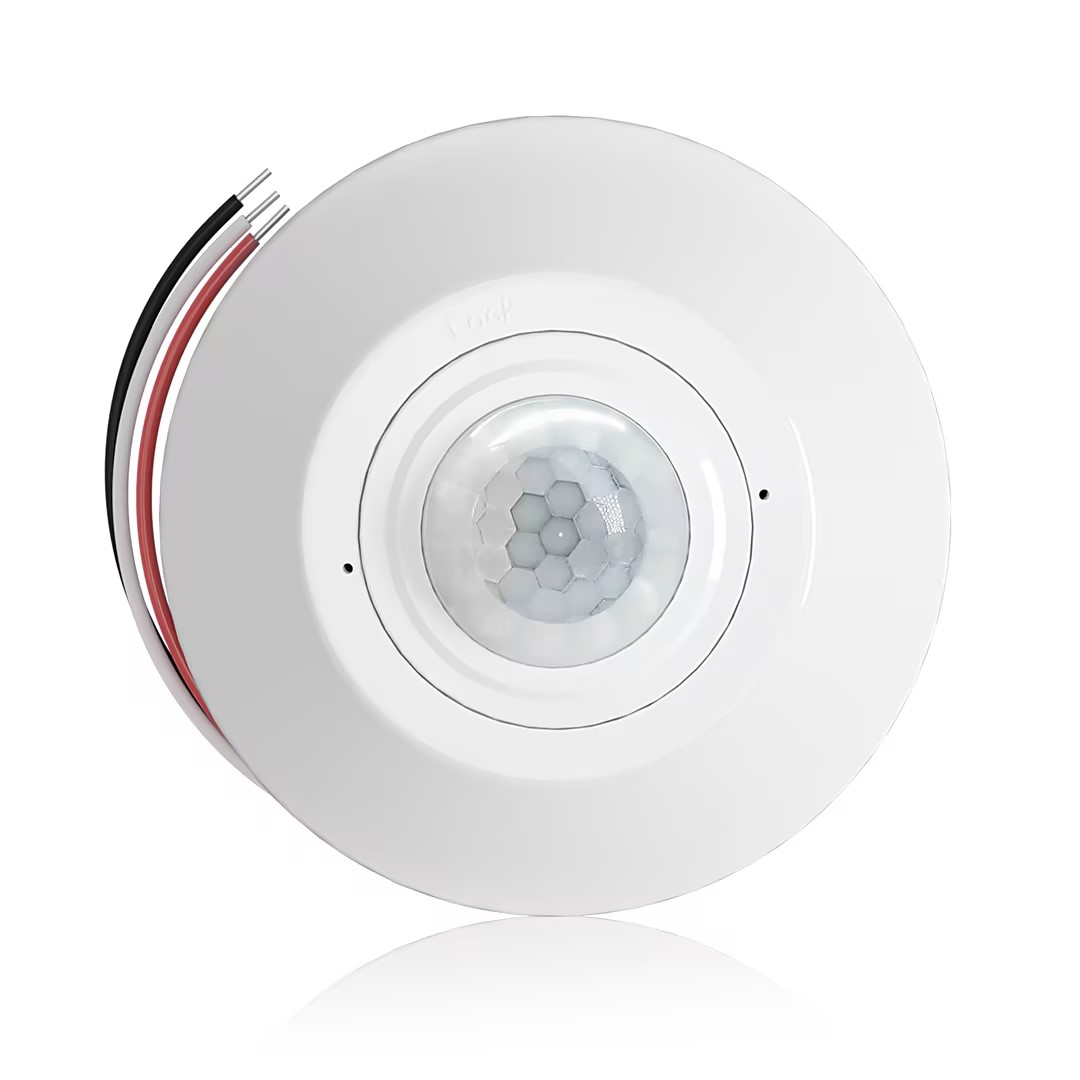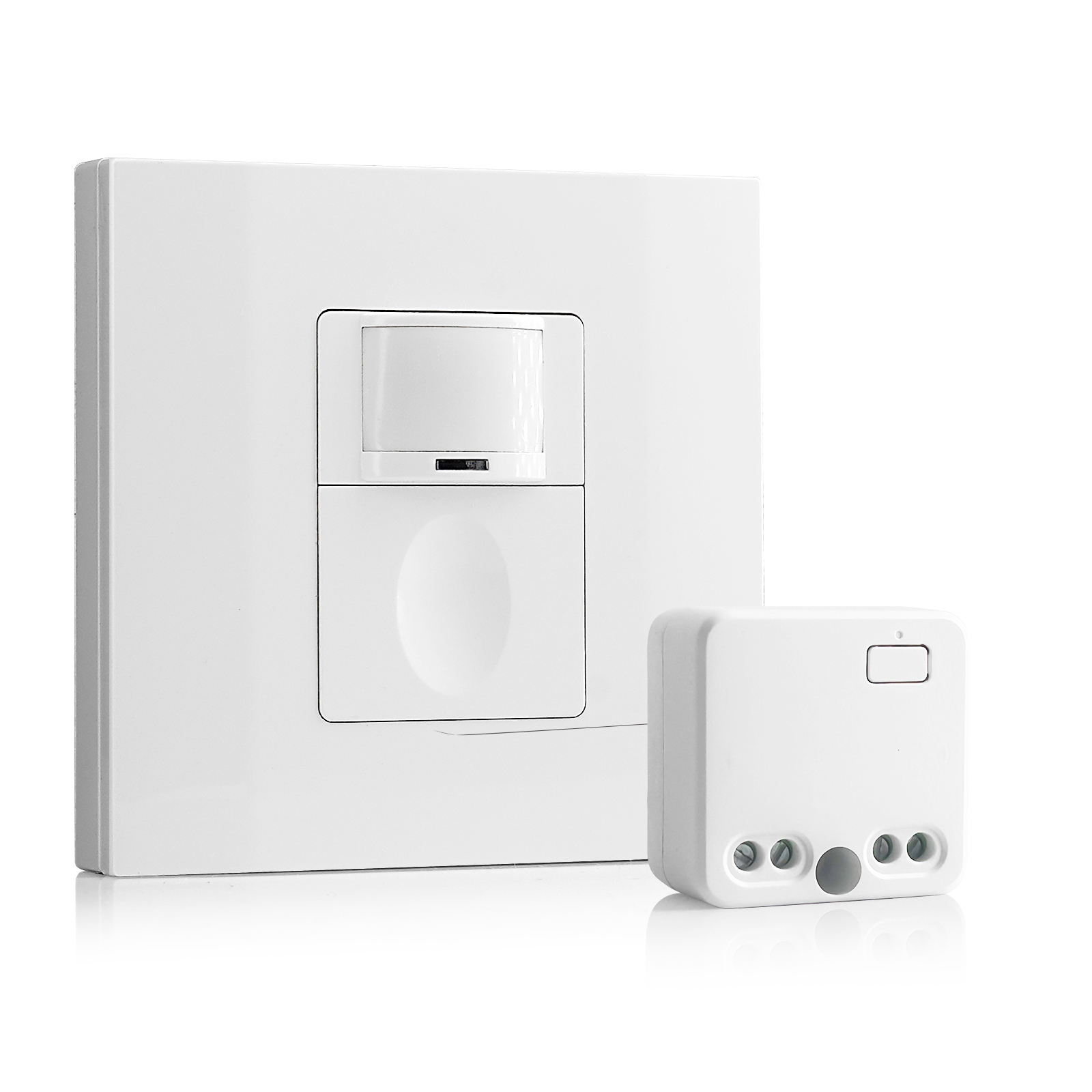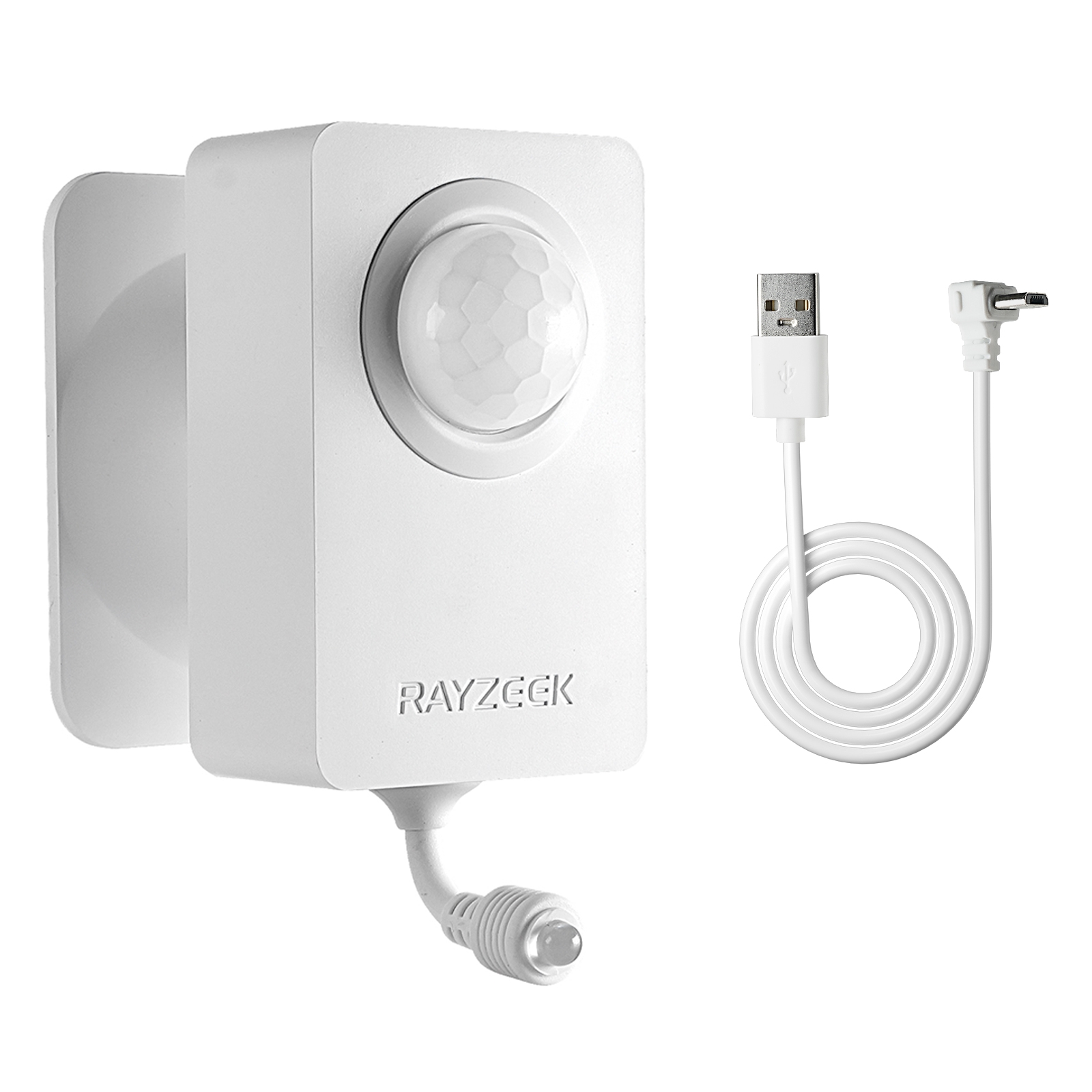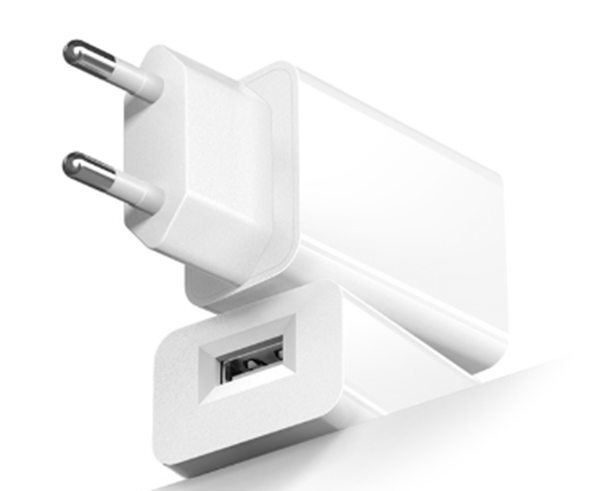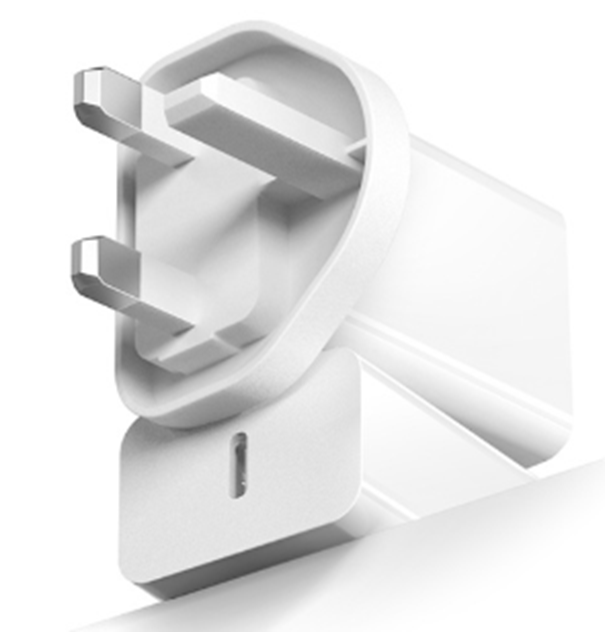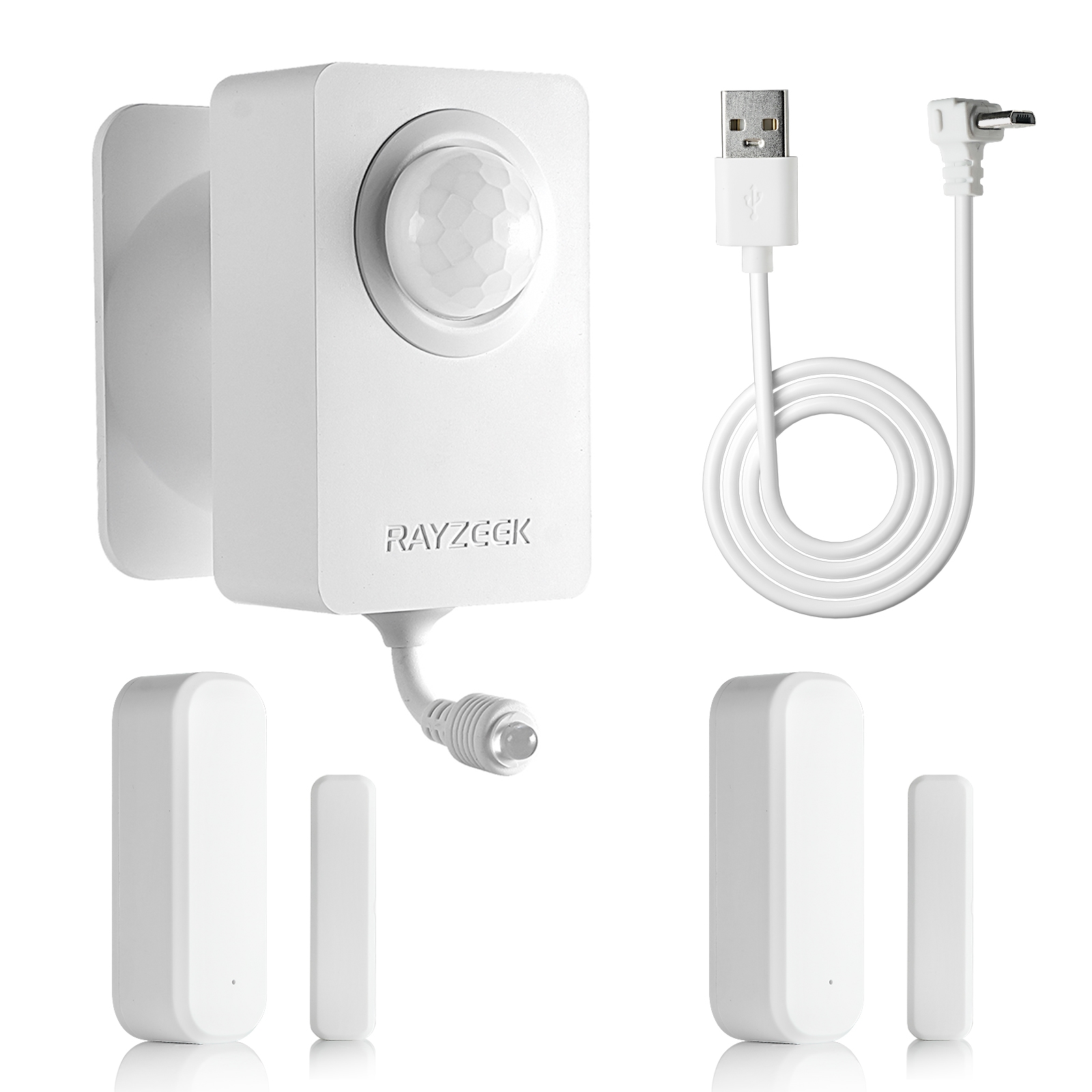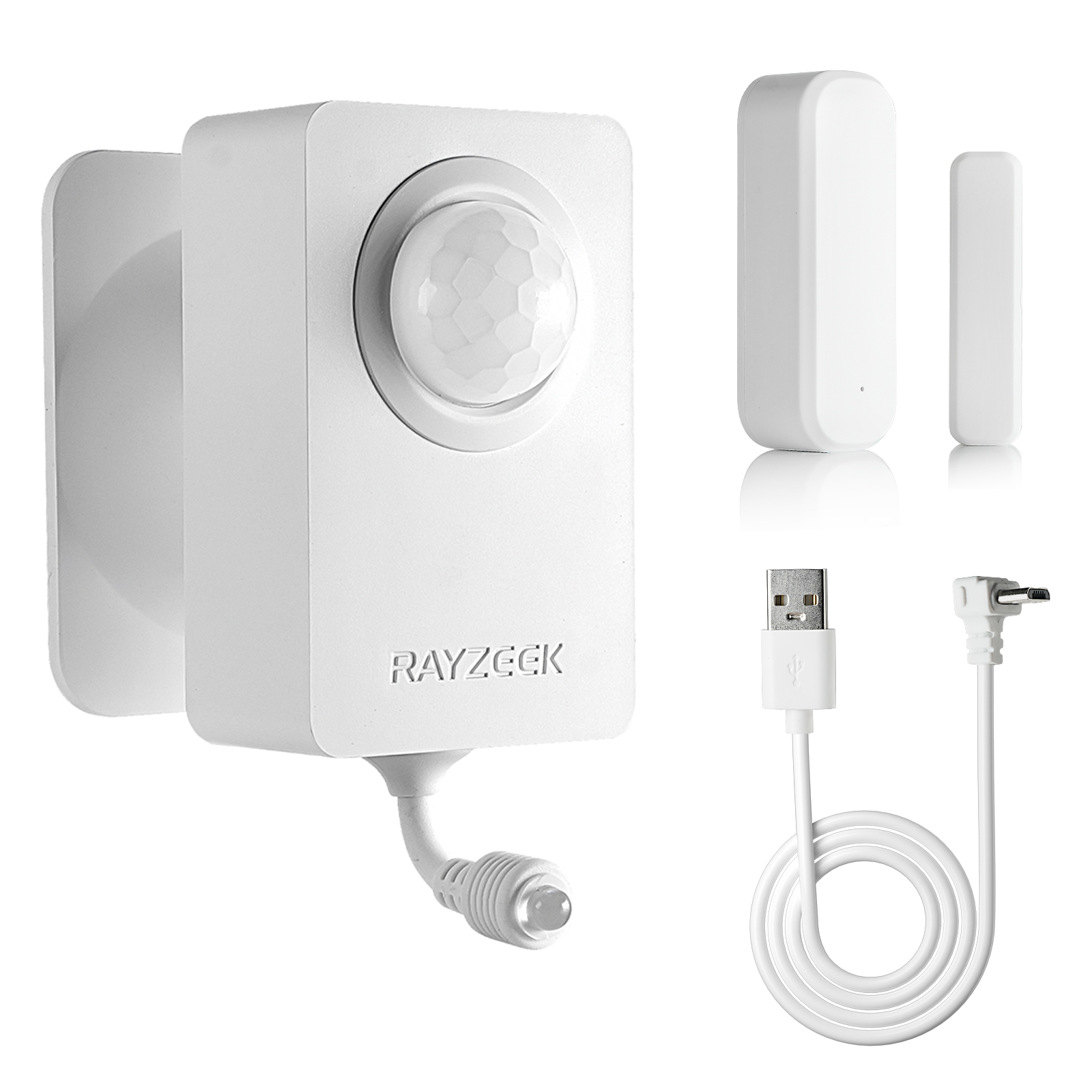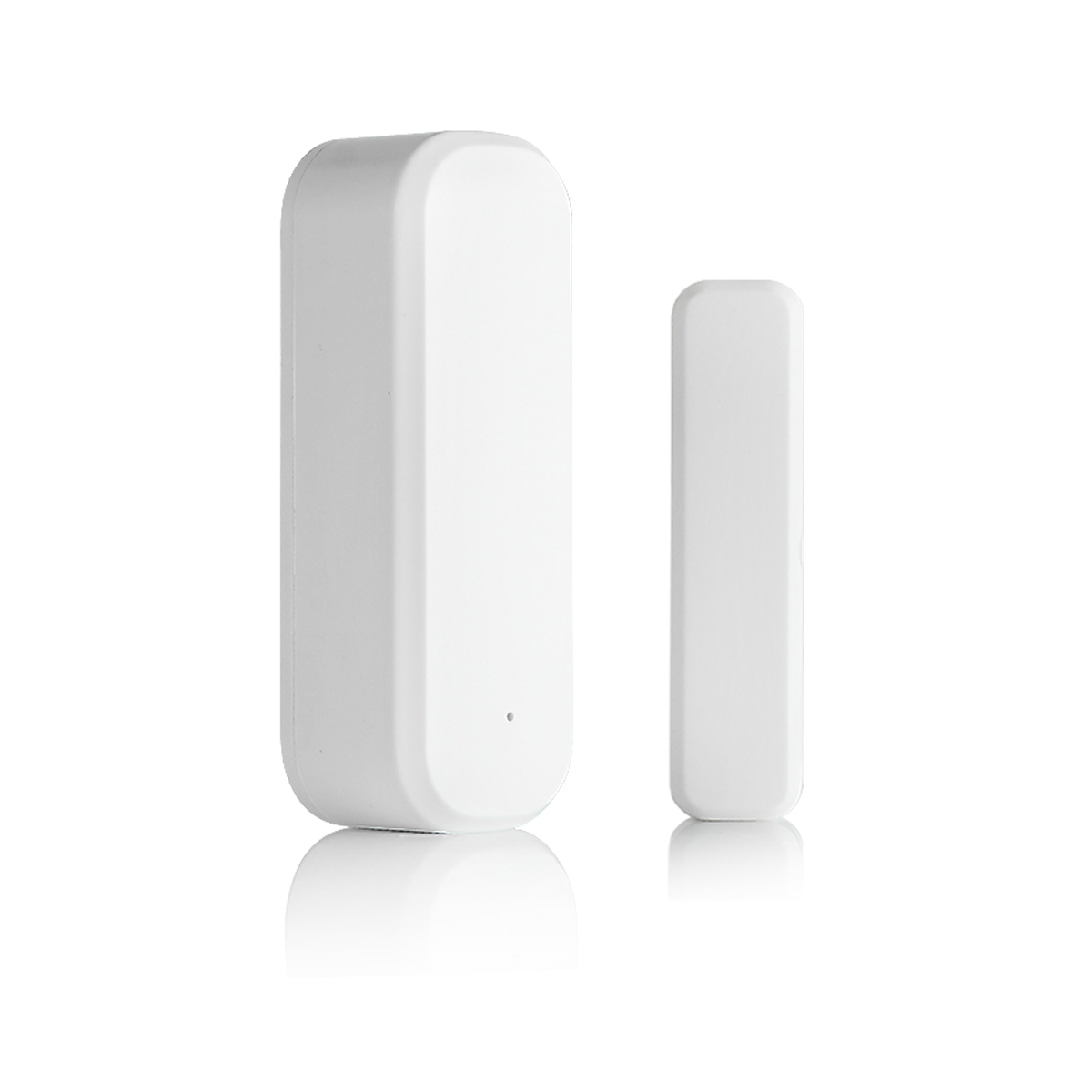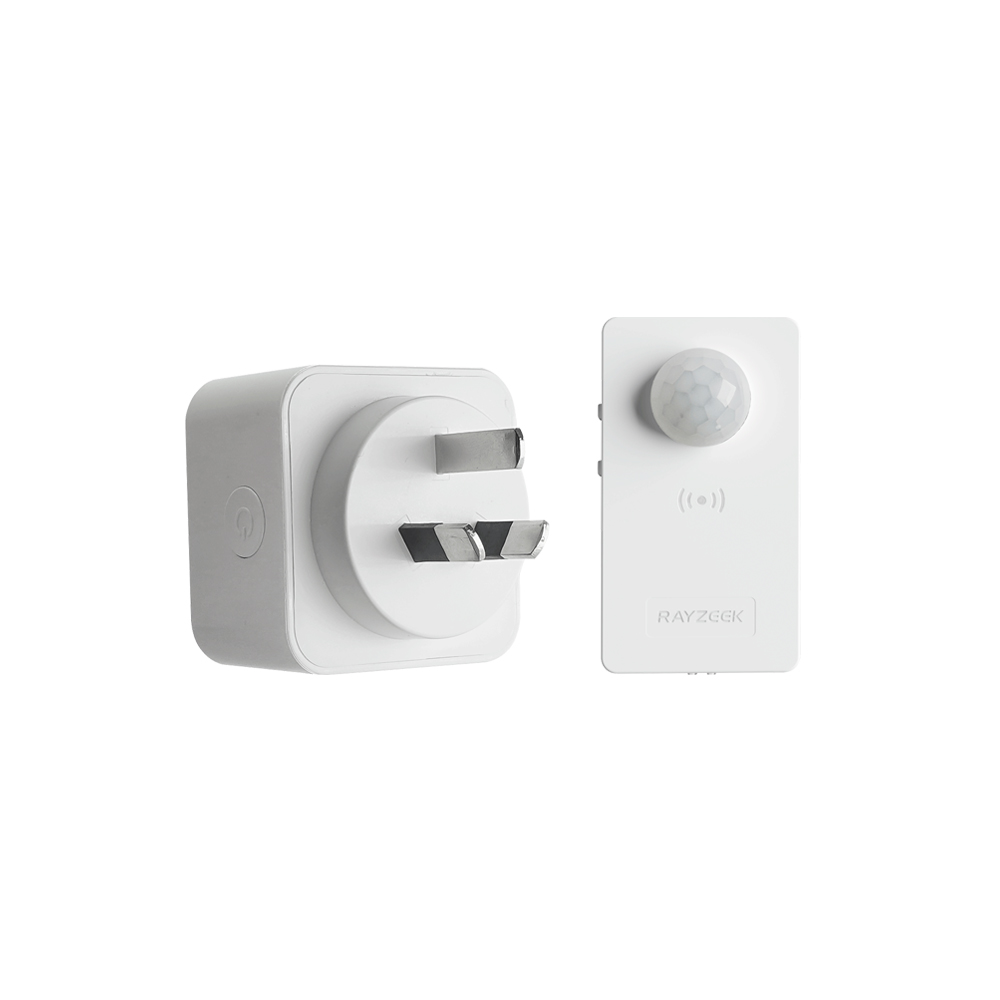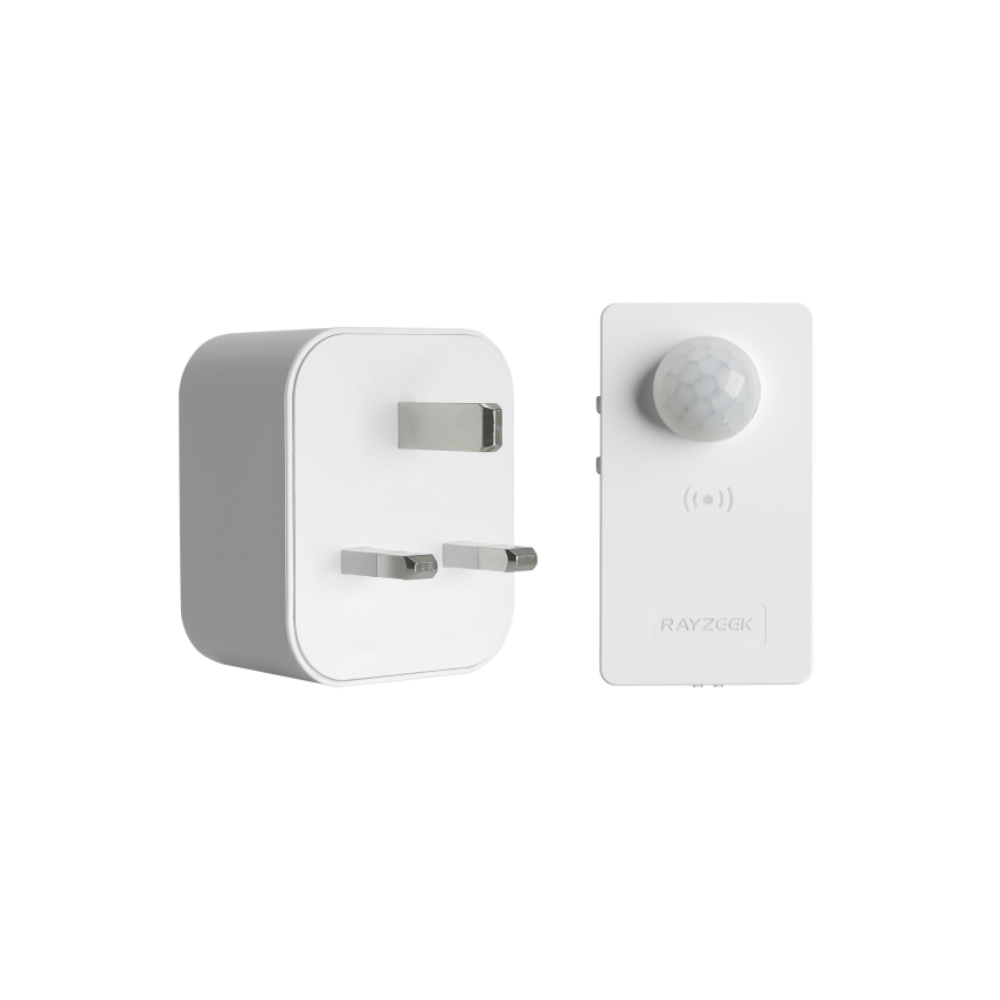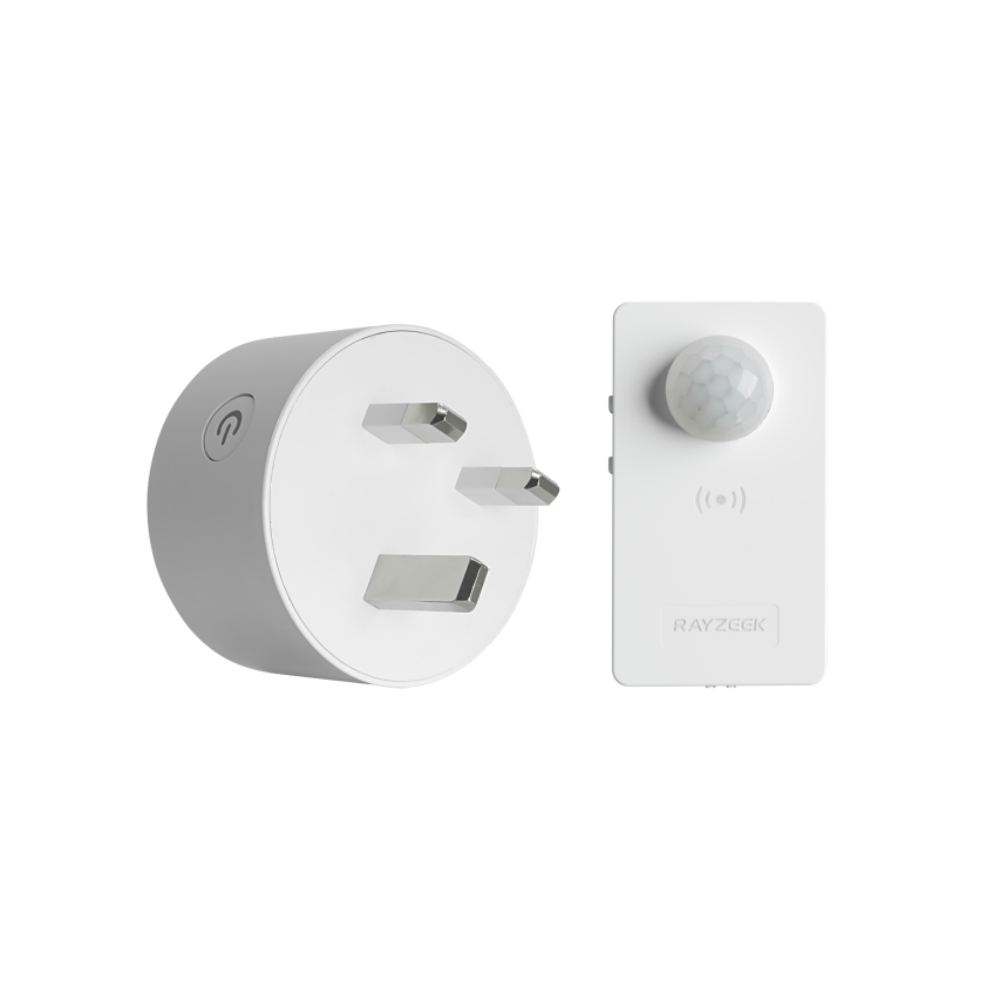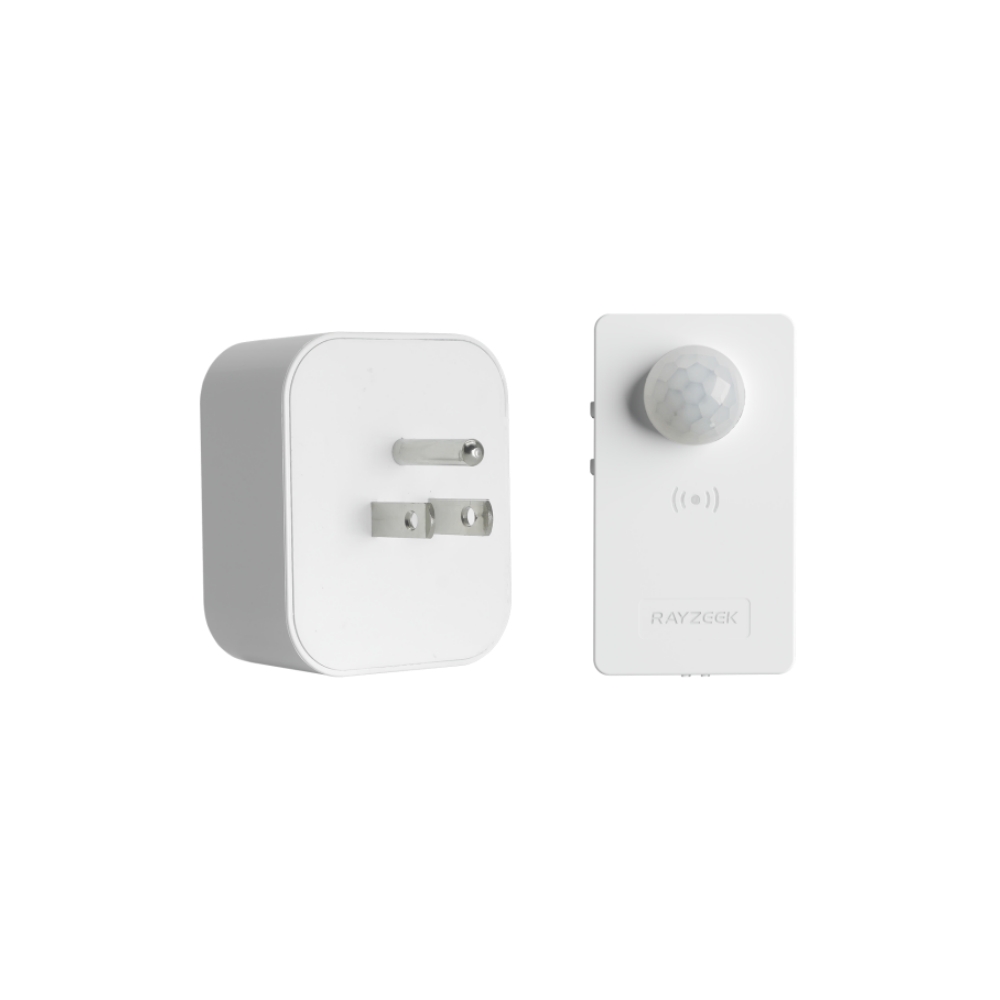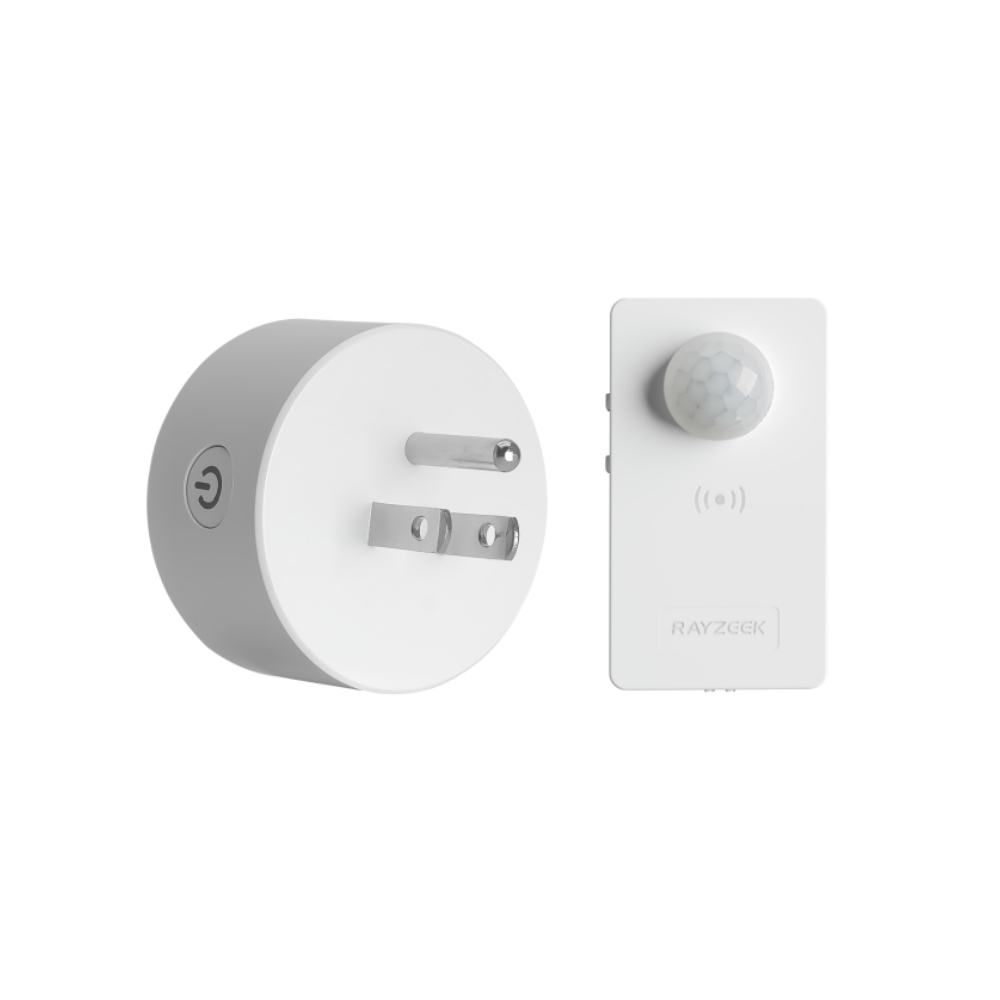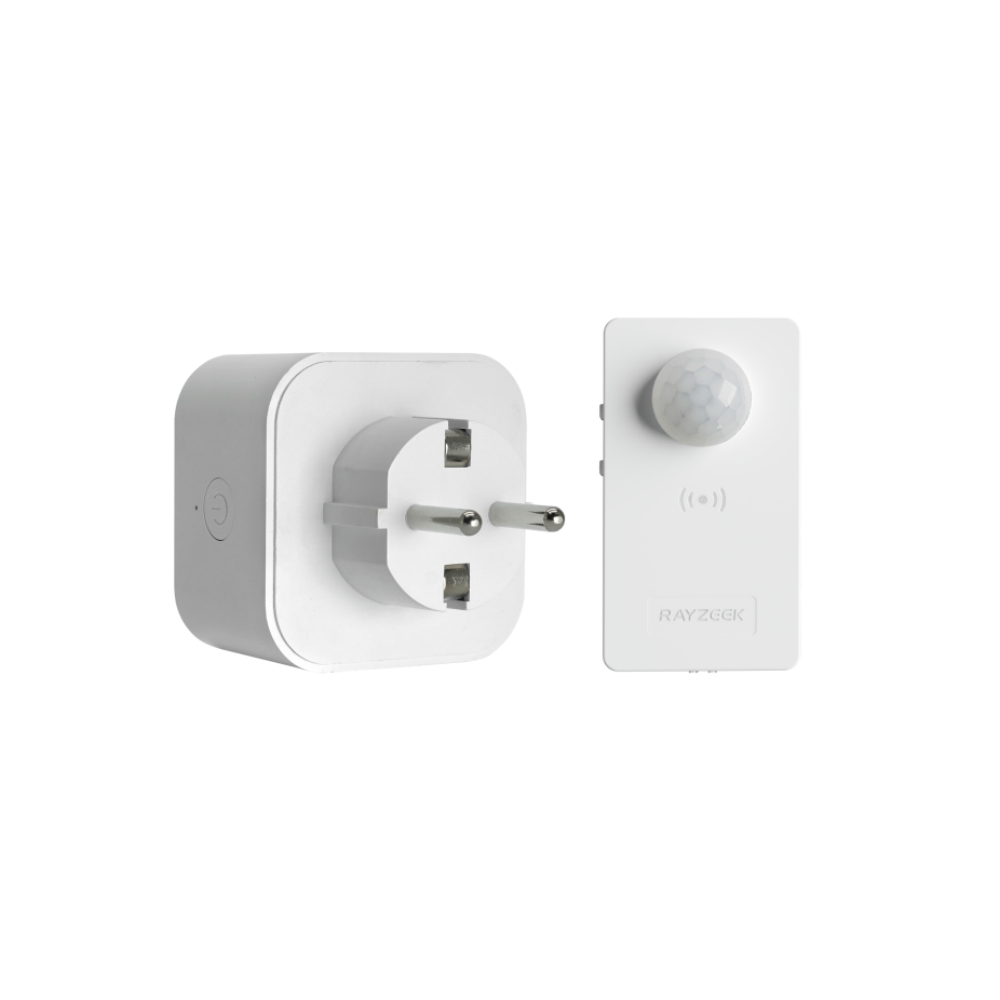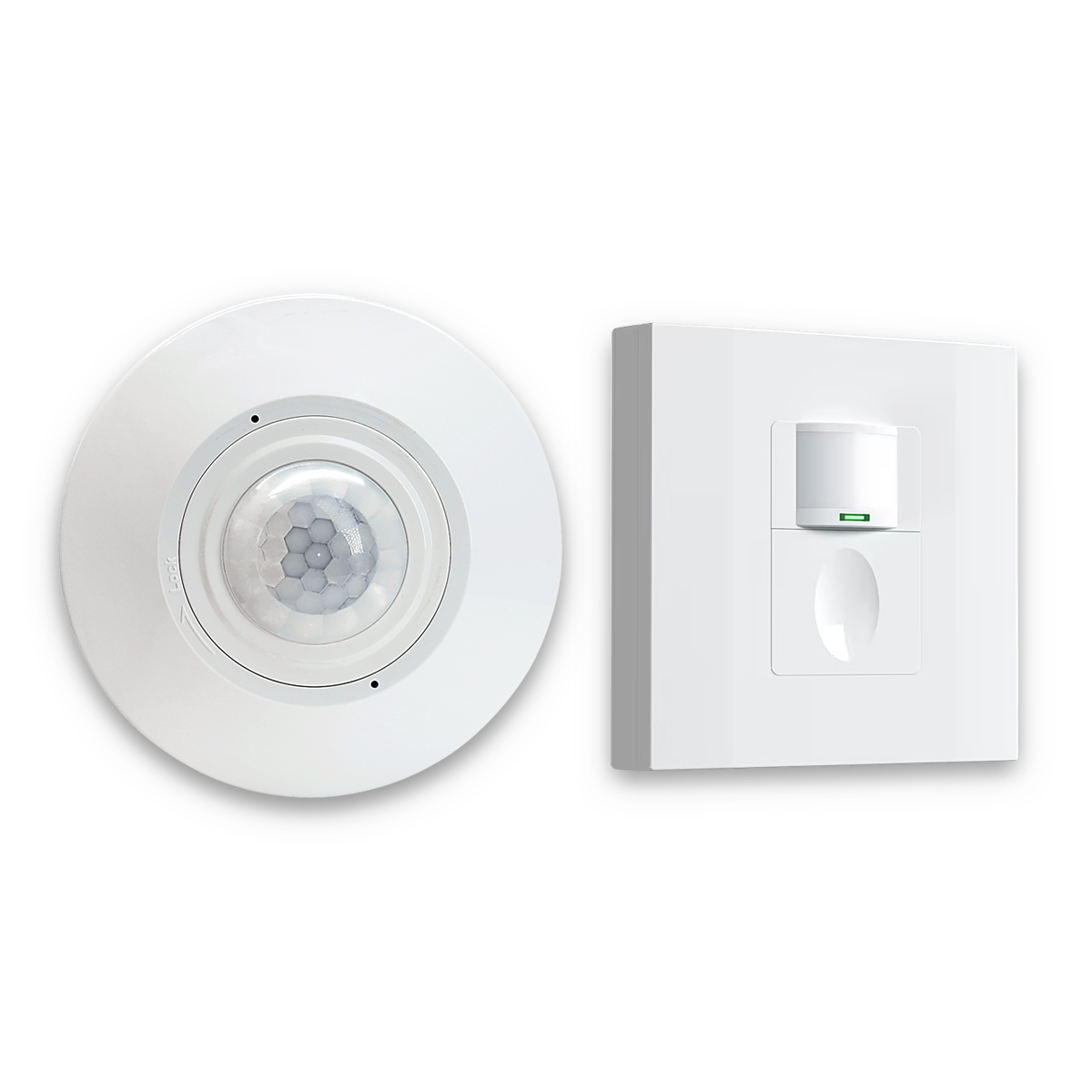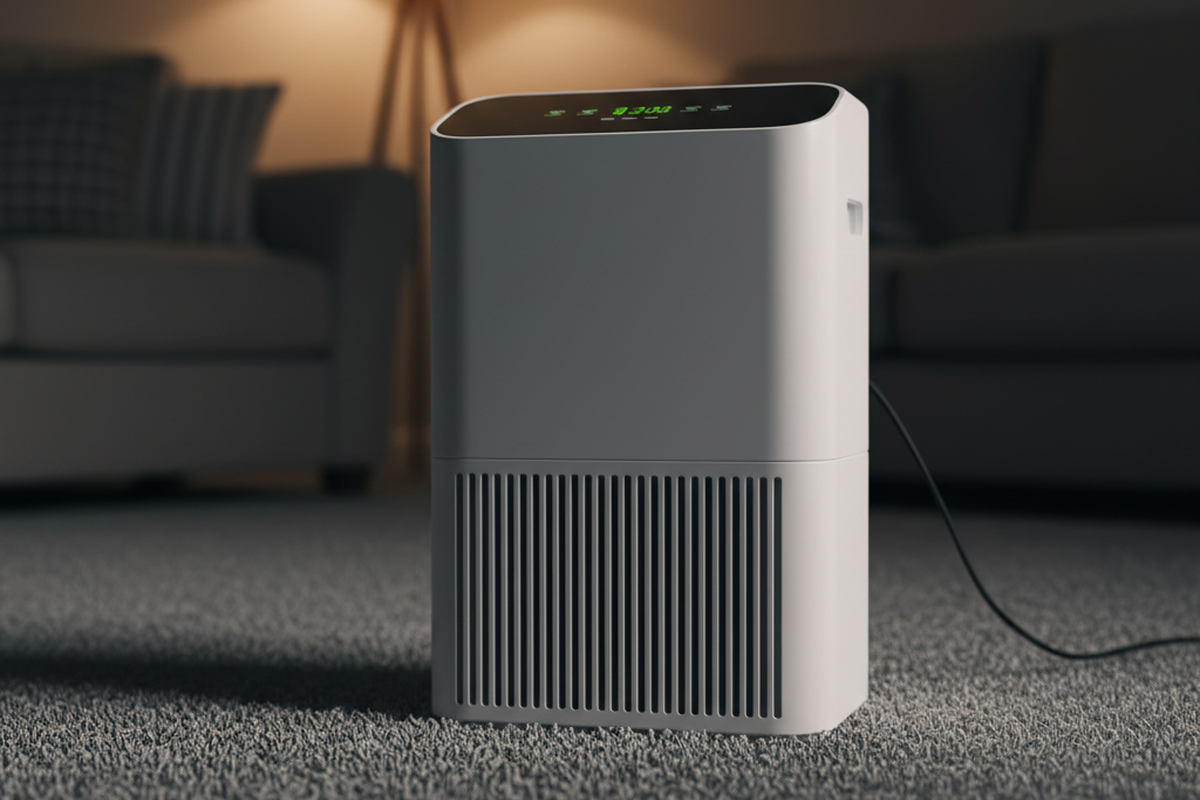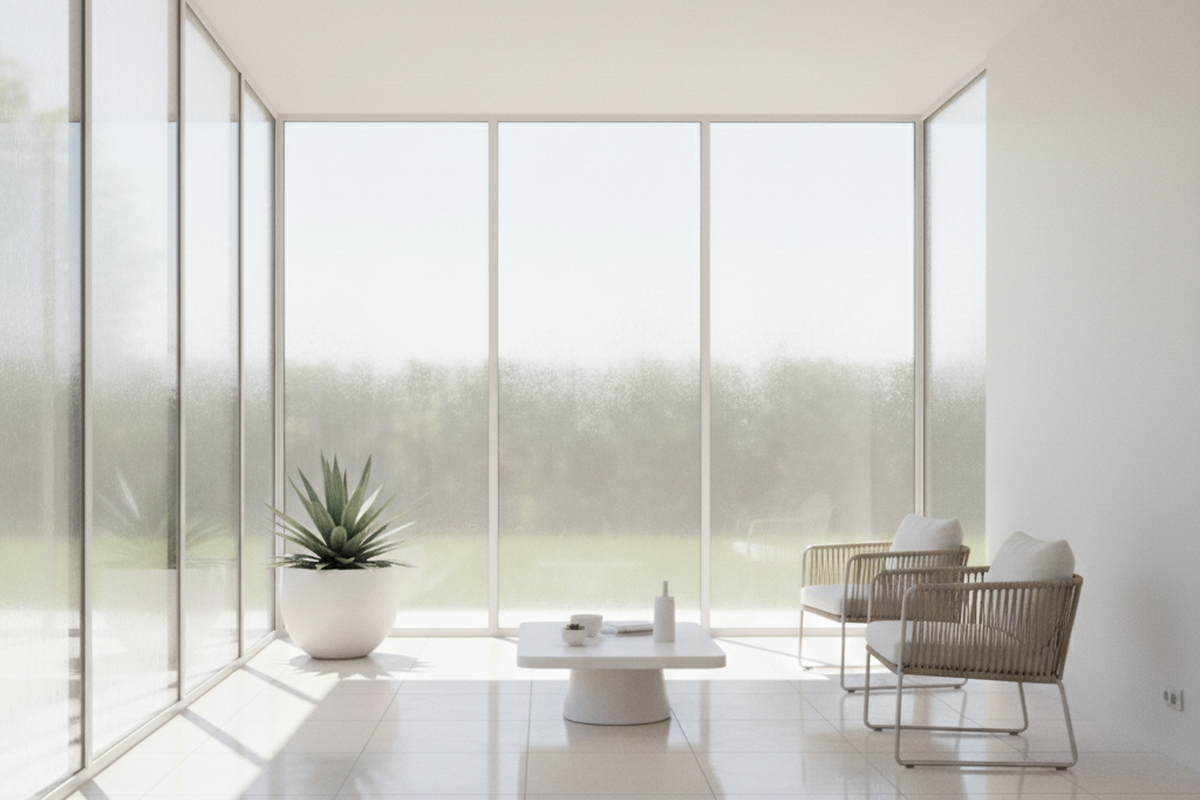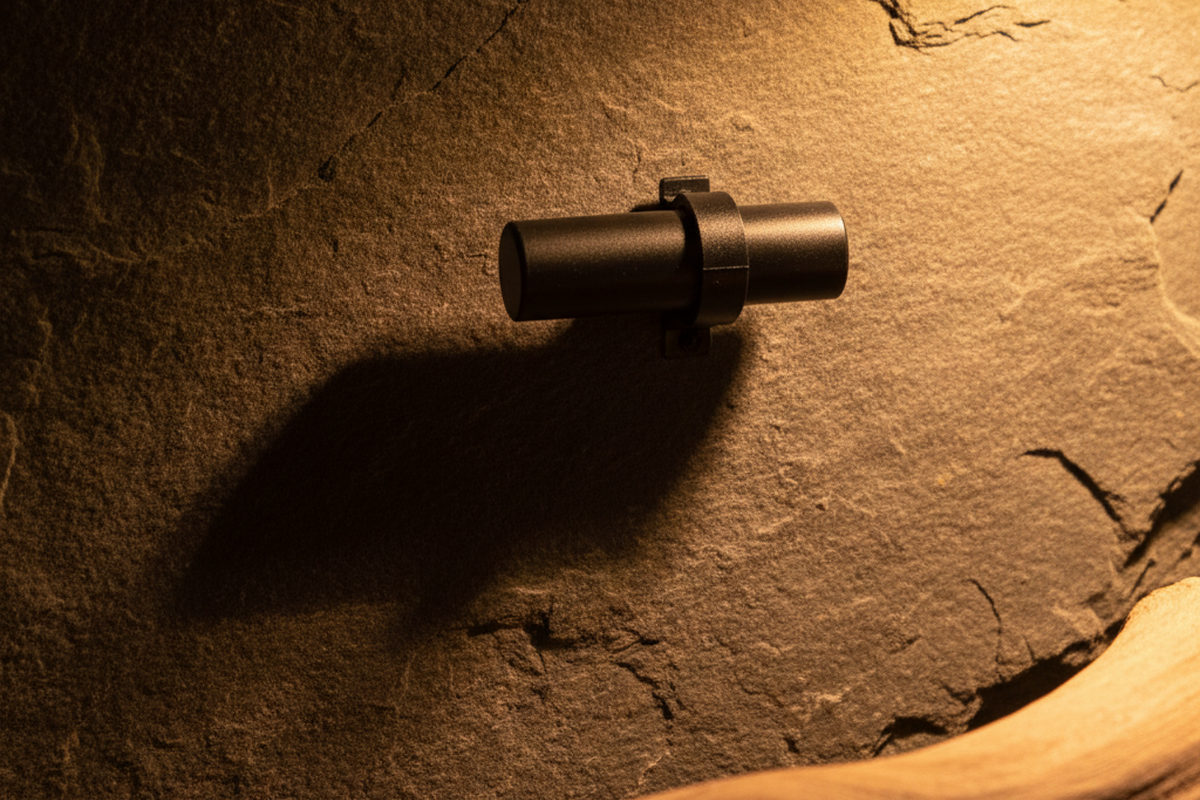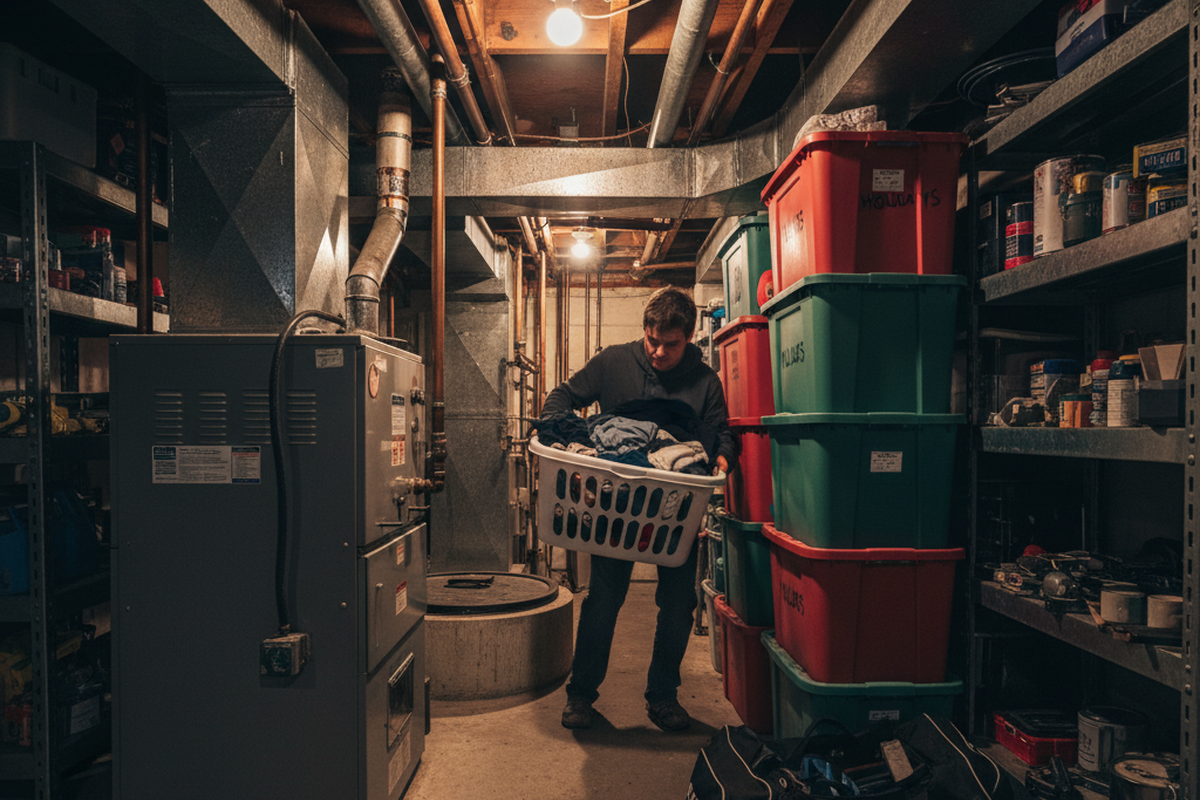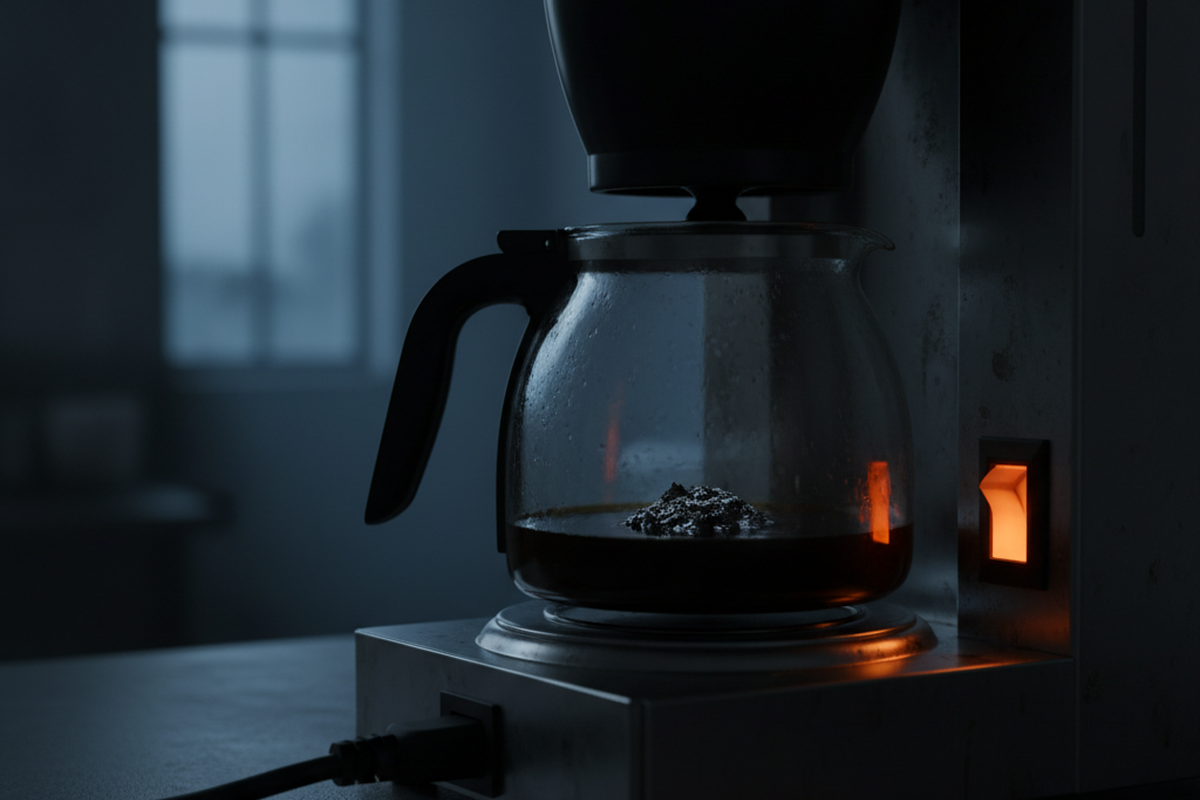Instead of trying to put a CFL in every socket, savvy homeowners interested in energy efficiency are increasingly pursuing a more nuanced strategy: Choose the right technology for each application to deliver optimal performance and cost-effective energy savings.
Understanding Lighting Terminology
The most familiar (but perhaps the least useful) way of comparing lightbulbs to each other is wattage, which tells you how much power is consumed but tells you nothing about how much light the bulbs will provide—or whether you will like their light quality. Other key terms include:
Wattage Equivalent
Most energy-saving lightbulbs claim wattage equivalent, often in bold, colorful text at the top of the package. Ignore this! The federal government declined to regulate how manufacturers calculate and report wattage equivalency, so the claims products make are all over the map and often deceptive. It’s smarter to shop on the basis of measured light output instead.
Lumens
Lumens are the measure of the absolute amount of light a bulb provides. An integrating sphere is one measuring tool that’s used. It first captures the bulb’s total light output in all directions across all the different wavelengths of light. Then, it weights the resulting values to reflect the human eye’s sensitivity to each wavelength, summing up all the weighted values to give an overall measure of “useful” light output. Dim bulbs may only deliver 200 lumens or so, while really bright ones can deliver 2,500 lumens or more.
Efficiency
If one lighting technology can deliver more lumens of light per watt of power consumed, it is said to be more energy efficient. Lumens per watt is the figure of merit for efficiency, but that almost never appears on product labeling or packaging, so you have to calculate it from the values that are provided separately.
For example, say a standard 60 W incandescent is rated at 750 lumens—that’s 12.5 lumens per watt. Compare this to a 14 W compact fluorescent rated at 900 lumens—that’s 64.3 lumens per watt. Efficiencies can range from as little as 5 to more than 100 lumens per watt, depending on the technology you choose and the amount of light you need.
Lifetime
Lifetime is now reported in years on product labels and assumes three hours of operation per day (a little higher than typical usage according to utility studies). Also, remember that the difference between a projected lifetime of 20 years and 25 years on two products is probably not meaningful, given the uncertainties in the accelerated lifetime testing process and the degree to which new lighting products will continue to improve between now and then. From a practical standpoint, the warranty a manufacturer offers is more useful – the highest-quality products usually offer a 10-year warranty.
Color rendering index (CRI)
Color rendering index (CRI) tells you how accurately a bulb renders a particular subset of colors (primarily pastels). A CRI of 80 or greater is usually recommended by lighting experts, but there is debate in the lighting community about the merits of paying extra money for products with a CRI greater than 90—most users can’t tell the difference under typical household lighting conditions.
Correlated Color Temperature
Correlated color temperature (CCT; reported in Kelvin, K) tells you how “warm” or “cool” the light from a bulb appears. Residential users typically favor warm (approximately 2,700 K) CCTs similar to incandescent bulbs, or 3,000 K (similar to halogen bulbs). In the 4,000 K to 6,000 K range, the resulting light can appear bluish. It is common for people who live in very sunny and tropical locations to favor bulbs with higher CCTs, given their greater similarity to daylight or midday sunshine.
Energy Star Label
The Energy Star label appears on energy-efficient products that deliver good performance in most of the attributes listed above. But thousands of models now qualify for it, so you need to be more selective to find the best performers. Also, be aware that many new energy-saving lighting products are introduced to the market a few months before they have completed enough accelerated lifetime testing to earn the Energy Star label. The manufacturer will later change the packaging to reflect receipt of that certification, but the product inside the package can often be the same as the one selling a few months earlier without the logo. This means that the most recently introduced models without an Energy Star logo can occasionally be more efficient and affordable than older models that are labeled.
More specialized information can often be found on product packages or manufacturer websites, including beam angle and center-beam candlepower for reflector lamps, compatibility with common dimmers, etc. If you are buying a large number of efficient bulbs, check online reviews to find products that have been consistently popular with other users, or buy from a retailer that will allow you to return the products for a refund if you are unhappy with their performance.
Maybe You Are Interested In
Lighting Technologies
Incandescent Bulbs
Incandescent bulbs employ a thin tungsten filament that conducts enough electricity to glow white hot. Although this technology is more than 100 years old now, it has received only a few upgrades since Thomas Edison’s original invention. However, incandescents remain widely available on the market, but most are now filled with halogen gas to allow them to comply with federal energy-efficiency standards. Unfortunately, many manufacturers are meeting the new power limits by making their lamps dimmer. So it takes careful label reading and comparison-shopping to get a true replacement. Use the “Incandescent Replacements” table to ensure that the halogens you buy are just as bright as the old incandescent you are replacing.
For example, if the new halogen bulb you are considering claims to replace a 75 W incandescent but only provides 900 lumens, it’s really more like a 60 W incandescent—and won’t give you enough light. General Electric sells a Reveal halogen bulb that claims to replace a standard 100 W incandescent using only 72 W, but it only provides 1,120 lumens. It is barely bright enough to replace a standard 75 W bulb, yielding almost no energy savings!
Many types of halogen bulbs cut power use by 25% to 30% but often cut light output substantially as well, barely improving efficiency. Modified-spectrum halogens (the bulbs’ glass has a bluish-purple hue) are the worst offenders—avoid them. When buying halogens, look for infrared-reflective (IR) models with special low-e coatings that bounce heat back onto the filament while letting visible light pass through. This allows the best incandescents to deliver more lumens per watt.
The old-fashioned incandescent lamps that remain legal to sell without halogen gas largely fall into particular niche product categories like three-way, vibration-resistant, and extremely bright (more than 2,600 lumens). Avoid these products as well—there are more efficient choices.
A new, promising incandescent technology potentially doubles the efficiency and life of standard incandescents by using IR coatings to reflect bulb heat back to the filament, which makes it even brighter. These bulbs may achieve a remarkable 32 to 37 lumens per watt, compared to the 7 to 18 lumens per watt seen with typical incandescent bulbs. CFLs and LEDs are still more efficient than these new incandescents, but can cost more and have subtle differences in color quality.
Compact Fluorescent Lightbulbs (CFLs)
Compact fluorescent lightbulbs (CFLs) are widely available in a range of sizes, prices, and light levels. They have miniaturized the technology found in typical linear fluorescent lamps, bending the tube into a small amount of space. Thousands of models are now Energy Star qualified, and many utilities provide rebates for them.
Although they were once the only affordable energy-efficient lighting option, they come with caveats. CFLs do a reasonable job of rendering many colors, but they don’t render all colors well—and that’s easily noticed by people with particularly sensitive vision. Others have concerns about how to avoid mercury exposure if they get broken and how to safely dispose of them. (Note that most analyses have found this to be secondary to their other environmental benefits, since their energy savings results in mitigating much greater mercury emissions from fossil-fuel power plants.)
CFLs are also not usually dimmable, and can overheat in enclosed fixtures. This helps to explain why they are broadly used in some homes but rarely in all of a home’s light fixtures.
CFLs typically operate at about 50 to 70 lumens per watt and will run for about 8,000 to 18,000 hours before burning out. While they offer a low-cost way to save on lighting energy, they are increasingly being displaced by their better-performing cousins—LEDs.
Light-Emitting Diodes (LEDs)
Light-emitting diodes (LEDs) are quickly gaining ground as the most energy-efficient lighting technology. Although early LED models were bulky, expensive, and not very bright, those products have yielded to a new generation of quality products that use 10% to 30% less energy than CFLs, are easier to dim, and last far longer.
Looking For Motion-Activated Energy-Saving Solutions?
Contact us for complete PIR motion sensors, motion-activated energy-saving products, motion sensor switches, and Occupancy/Vacancy commercial solutions.
LEDs once operated in a similar efficiency range to CFLs, but can now achieve 85 lumens per watt across a wide range of light output levels, and best-in-class LED designs are headed to 100 lumens per watt—and beyond.
The difference in color quality among incandescents, CFLs, and LEDs can be seen in the spectral distributions graph, which shows how much of the light from each source falls within each wavelength of the visible spectrum and compares that to the human eye’s sensitivity to each of those wavelengths (dotted curve). Note that incandescents (halogens) and LEDs both offer a continuous spectrum of colors, but incandescents tend to be dominant in the reds and fairly limited at the blue end of the spectrum. LEDs are often the reverse. CFLs, on the other hand, only emit light within certain portions of the visible spectrum, so they can disappoint some users who are particularly sensitive to subtle color differences.
Matching Bulb to Application
Most home applications call for omnidirectional sources of light. “General service” bulbs work well in many kinds of table and floor lamps, enclosed globes, pendant fixtures, and other types of narrow light fixtures that mount close to the ceiling or wall. LEDs are a great option, but make sure they are truly omnidirectional. Many older models that have a snow-cone appearance shine most of their light upward.
Most down-lights are designed to accommodate particular reflector lamp shapes and sizes. PAR (parabolic aluminized reflector) lamps work best in deep ceiling cans and R (reflector) lamps work better in shallow ones. The diameter of the opening tells you what size of the bulb to purchase. If the opening is a little less than 5 inches in diameter, a PAR 38 works well (the 38 refers to 38-eighths of an inch in diameter, or 4.75 inches). PAR 30 or PAR 20 bulbs tend to work better in smaller openings. Bulged reflector (BR) bulbs will also fit in the same ceiling cans but tend to have very poor efficiencies, in part because their reflectors do not do as good of a job at gathering and aiming the light. The reflector lamp technology you choose is also application-specific. In general, CFL reflectors are not a good choice—their light is too diffuse. The most efficient halogen technologies can be a reasonably good choice, particularly IR halogens. LEDs are the most efficient choice, though still a bit expensive. Their directionality and dimming capability give them some natural advantages in this application, and their long lifetimes (20,000 hours or more) can be a plus, given the relative inconvenience of reaching and replacing many down-lights.
A wide variety of specialized lighting applications are not commonly served by the three major lighting technology types. If you want to distribute light uniformly over a very broad area, for example, it’s hard to beat linear fluorescent lamps for affordability and for even light distribution. Some manufacturers have begun producing linear LED “tubes” that can be inserted in place of these fluorescent lamps, but most still struggle to compete with the uniformity of linear fluorescent lighting at a reasonable cost. Linear fluorescent tubes that were 1.5 inches in diameter (T12s) have now given way to 1-inch-diameter lamps (T8s) and even 5/8-inch-diameter lamps (T5s), for improved efficiency and performance.
Get Inspired by Rayzeek Motion Sensor Portfolios.
Doesn't find what you want? Don't worry. There are always alternate ways to solve your problems. Maybe one of our portfolios can help.
Efficient Lighting for Efficient Homes
Using the most efficient lightbulbs is especially important in zero net-energy (ZNE) homes or off-grid homes powered by renewable energy systems. The extra energy saved by using LEDs compared to CFLs, for example, is also cost-effective when compared to more PV modules and equipment for meeting the larger overall loads.
LEDs also offer a wider range of color choices than CFLs, making them a more seamless integration with passive solar homes that rely largely on daylighting. For instance, using LEDs with a CCT between 3,000 K and 3,500 K in rooms with good natural light will help keep the light color more similar as the lights come on in the evening. Likewise, some LEDs shift their color temperature as they are dimmed, making them a good match with solar homes that get flooded with “warm” temperature sunlight at sunrise and sunset.
A Vivid ZNE House Example with Purposeful Lighting
For example, a ZNE house uses LEDs in almost every fixture, inside and outside. Linear T5/fluorescent lighting is used in the laundry room and master closet, and pin-based CFLs are used in one ceiling fan. Incandescent lamps are used in only a handful of aesthetically critical applications like the red glass and seashell mosaic pendant lamps over the kitchen island, the fully dimmable dining room fixture, and the small, wall-mounted reading lamps next to the bed, where the extra warmth of the light’s appearance is worth the energy-efficiency trade-off. Human brains interpret red light—similar to the light from a flame or a sunset—as a cue to go to sleep. By contrast, our brains interpret blue light from CFLs or most LEDs—similar to the light from a TV, computer monitor, or cell phone—as a cue to wake up.
While the lighting in most homes can consume 1,200 to 1,800 kWh per year or about 15% of total electricity use, the estimated lighting energy use is only about 400 kWh per year. The light source used most widely in the house was the Cree screw-based 800-lumen LED, purchased for $10 to $13 apiece. The owners also relied heavily on a new type of Sylvania LED down-light that surface-mounts directly to electrical junction boxes in new construction, eliminating the need for a down-light fixture or its penetration through the insulation. These fully dimmable products were about $35 apiece, and distribute the light very evenly and unobtrusively into the room. High-quality Soraa LED MR-16 bulbs are used in low-voltage track light fixtures.
Besides its energy savings, their energy-efficient lighting looks warm and welcoming. On a public tour of the house last spring, the most common remark the owners heard from visitors was how pleasant and attractive the lighting was.
Don’t Forget Motion Sensors and Switches
Motion sensors and motion sensor light switches can be a great way to save energy on lighting in the home. These devices detect movement in a room and automatically turn lights on when someone enters and off again when the room is empty. This can be especially useful in rooms that are not used constantly, such as bathrooms, hallways, and laundry rooms.
Motion sensor light switches are easy to install and can be used with any type of lightbulb, including energy-efficient LEDs. They work by using passive infrared (PIR) technology to detect heat and movement in a room. When the sensor detects motion, it sends a signal to the switch to turn the lights on. After a set period of time with no motion detected, the switch will automatically turn the lights off again.
Using motion sensor light switches can help to reduce energy waste from lights being left on unnecessarily. They can also add convenience, as there is no need to manually turn lights on and off when entering or leaving a room. Additionally, they can provide added safety and security, as lights will automatically come on when someone enters a dark room or outdoor area.
There are also standalone motion sensors that can be used to control lighting. These sensors can be placed in strategic locations around the home, such as near entryways or in rooms that are not used frequently. They can be connected to a smart home system, allowing for remote control and automation of lighting.
We should never forget that a lightbulb’s primary purpose is to provide excellent light. No matter how much energy they save, they will never gain widespread acceptance unless they light up a room attractively as well.


